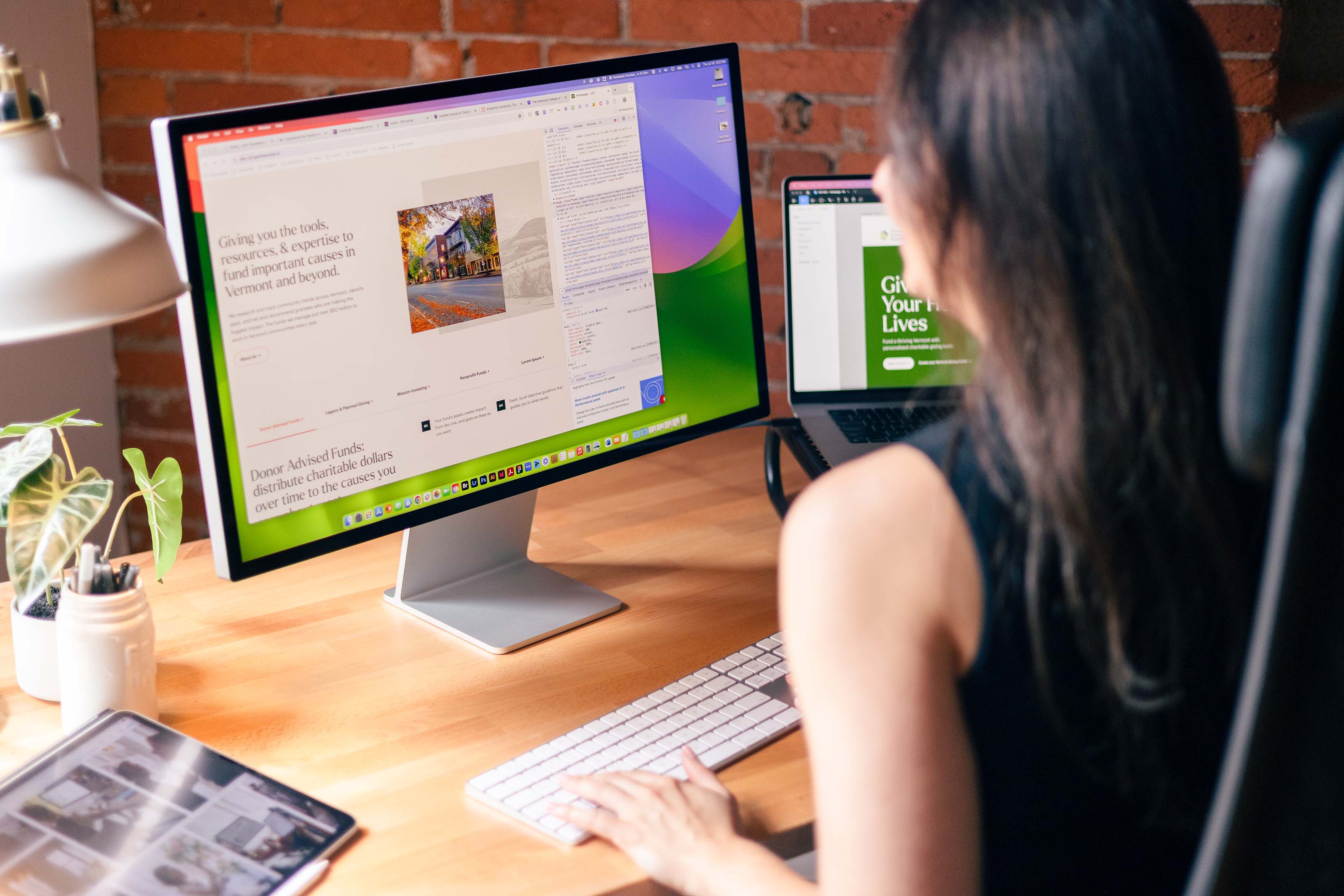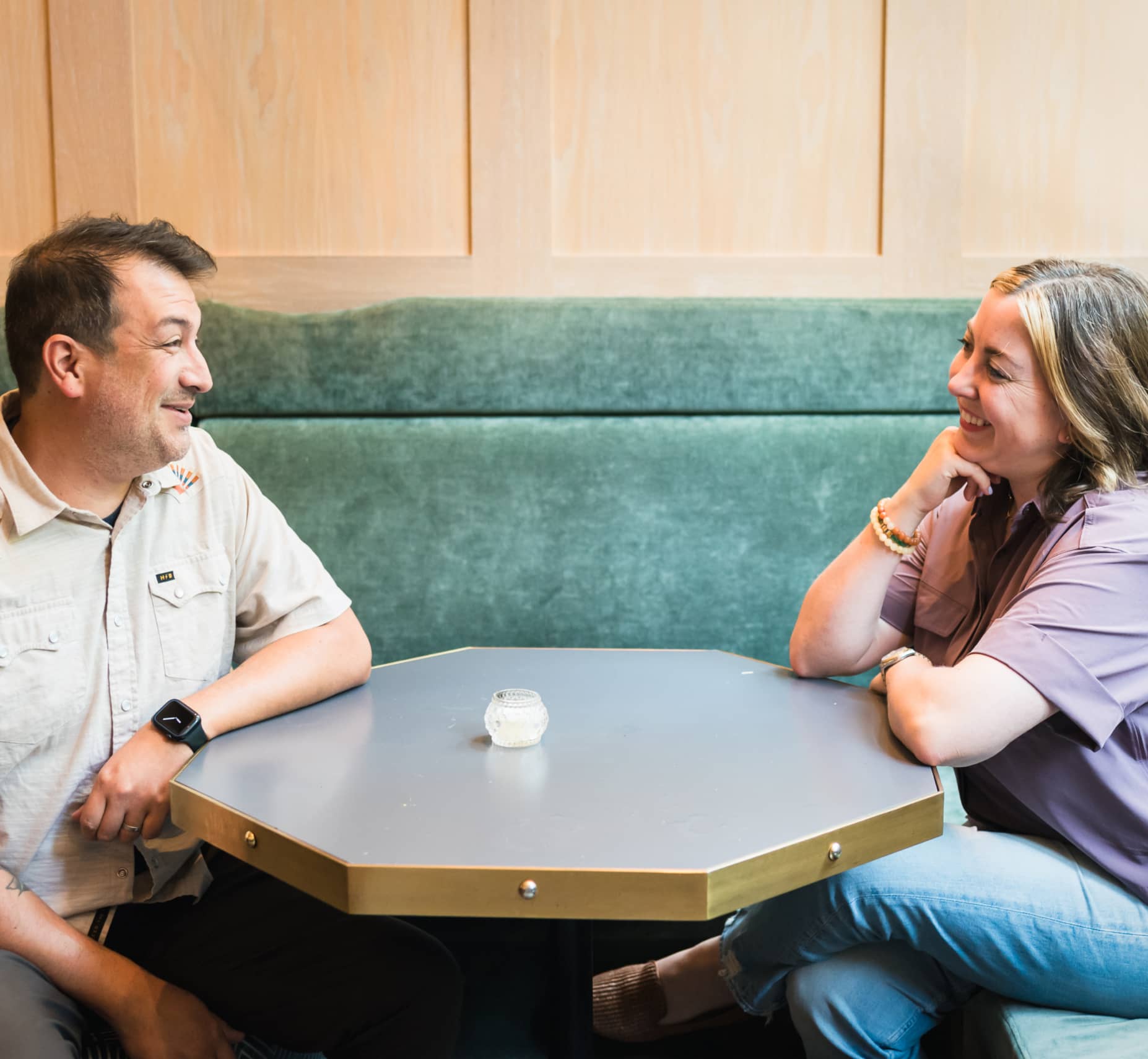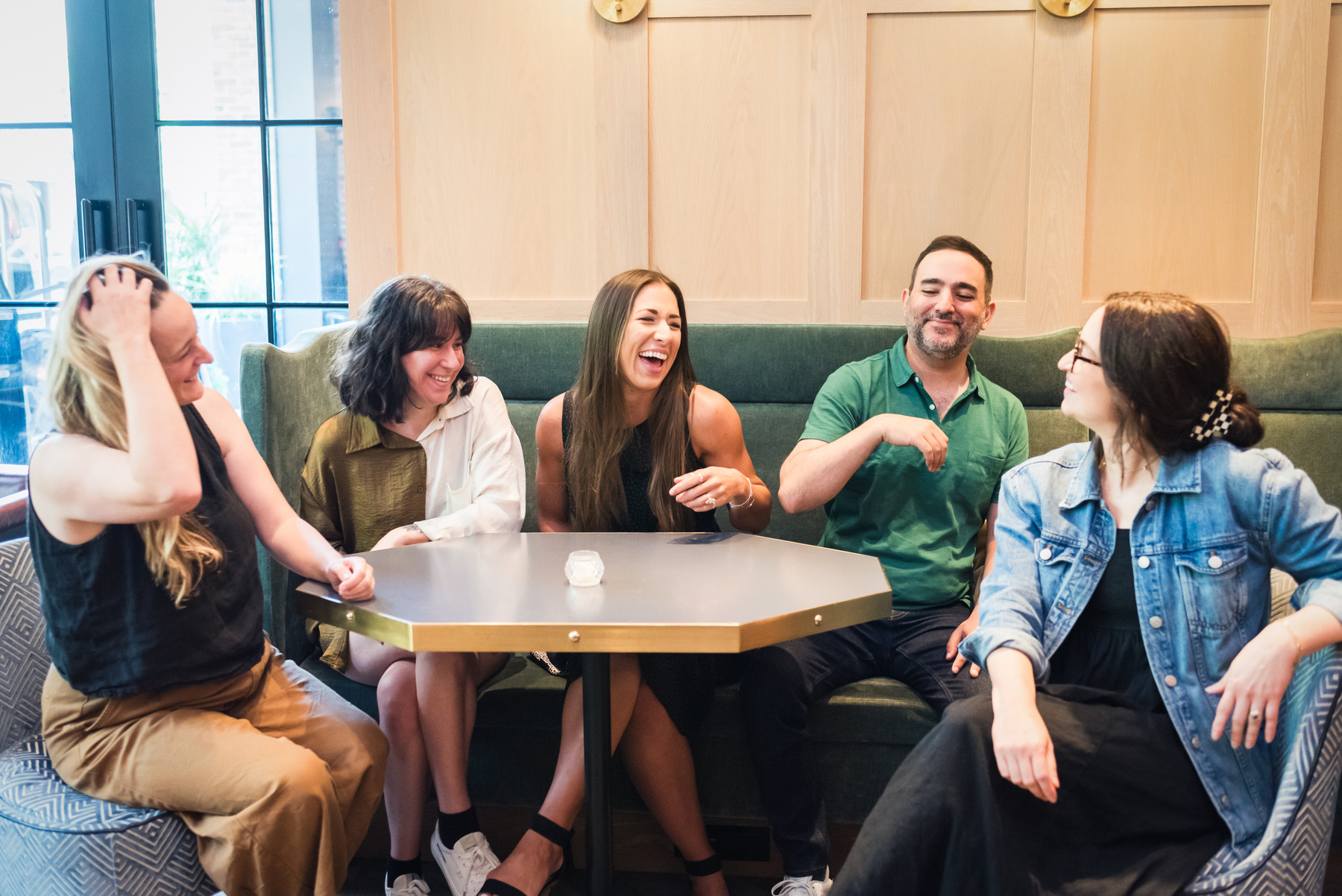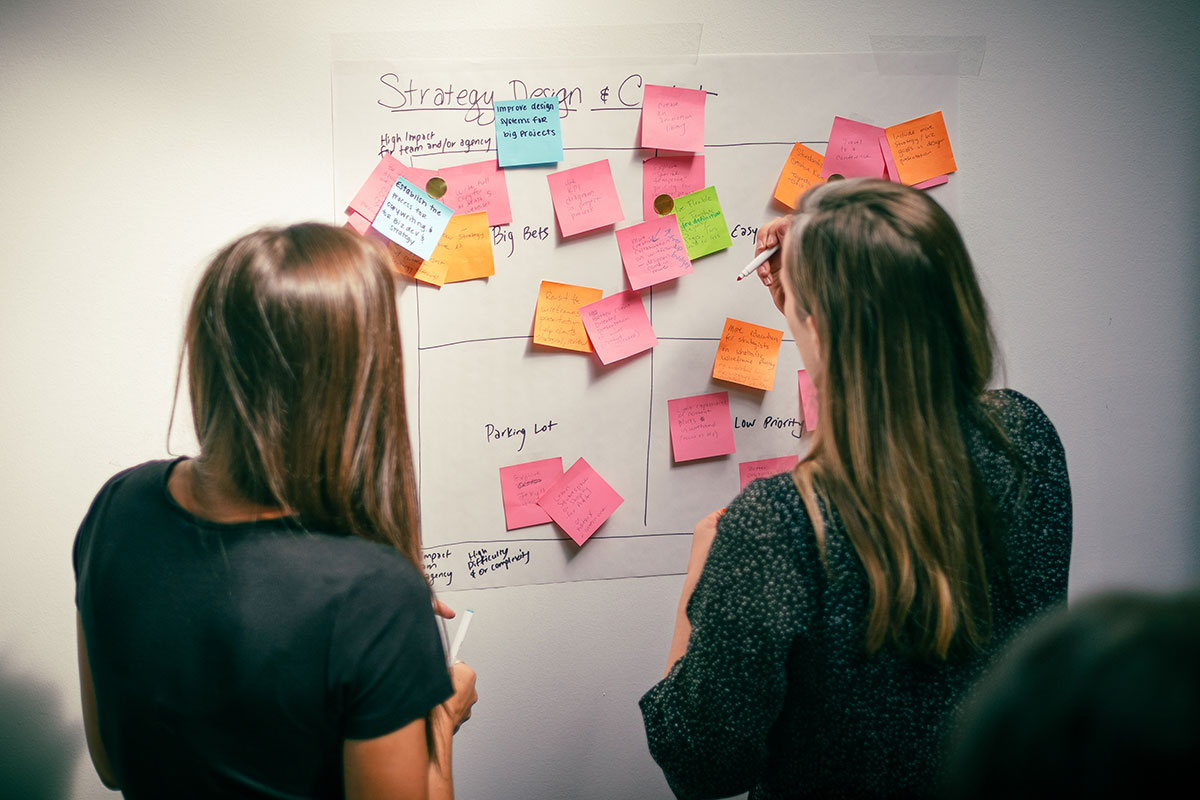Celebrating 10 Years with Joshua Henderson
Join us in celebrating 10 years of incredible growth and contributions from Joshua Henderson at Push10. Discover his journey, favorite projects, and what’s next!
19
Jan

19
Jan
2025 Nonprofit Marketing Trends: The Vital Role of Branding and Web Design
Before exploring this year’s marketing trends, let’s examine why your nonprofit’s brand identity and web presence must be prioritized.
8
Jan

8
Jan
Push10 Sponsors HighEdWeb 2025: Empowering Higher Education through Web Innovation
By partnering with HighEdWeb, Push10 is reaffirming our commitment to empowering higher education institutions to leverage their websites as powerful tools for growth and success.
20
Sep

20
Sep
Mastering URLs: A Nonprofit’s Guide to Web Addresses
Discover the secrets to creating clear, memorable URLs for your nonprofit's website. Learn best practices for improving user experience and boosting your site's SEO with simple, effective web addresses.
19
Jul

19
Jul
Budget Should Be A Conversation, Not A Secret
Together, let's build a partnership that turns your vision into a transformative reality. Your mission drives us—let's make every investment count.
16
Apr

16
Apr
AI and the Death of Serendipity
With the recent explosion of AI, will branding and design suffer from a lack of human touch?
16
Mar

16
Mar
How Showcasing Corporate Culture on Your Website Boosts Recruitment
Incorporating your company's ethos into your online presence not only enhances recruitment efforts but also serves as a potent tool for attracting top talent, as organizations increasingly recognize the importance of showcasing their corporate culture.
14
Mar

14
Mar
Branding for Veteran Services Organizations: Understanding Audiences and Values
Effective branding for veteran services organizations transcends traditional marketing, focusing on trust, authenticity, and respect to truly resonate with veterans and their families, embodying the core values of honor, duty, and sacrifice in every aspect of their identity.
20
Feb

20
Feb
A Strategic Brand is Essential for Nonprofit Marketing Success
An authentic brand is what your audience thinks of you. But without marketing, how does your audience know you even exist?
28
Jan

28
Jan

